Throughout the twentieth century, the population of Puerto Rico has often been criticized as too large for the island. The solution has almost always invariably been sterilization of women of childbearing age. Declassified government documents have shown startling and often inhumane practices.
The beginning of the twentieth century saw the United States’ attempts to reorganize Puerto Rico’s economy. These changes primarily centered around trade liberalization, specifically between Puerto Rico and the United States. In the early 1930s, a series of birth control clinics were opened and subsequently shuttered due to pressure from the Catholic Church. In 1937 Dr. Clarence Gamble opened twenty two birth control clinics, and the Puerto Rican government passed Law 116 which legalized sterilization, and made it free. The government claimed the increasing number of poor and unemployed Puerto Ricans as the motivator for the law. The legalization of sterilization was followed by its increasing popularity, mostly among women. However many of the sterilizations were not voluntary. There was a Puerto Rican Eugenics Board which officially ordered ninety-seven involuntary sterilizations throughout its tenure.
Even with the so-called voluntary sterilizations, there is evidence that informed consent was not obtained, if doctors even asked. Many hospitals would not accept healthy pregnant women for delivery unless they agreed to be sterilized afterwards. Others were not told that sterilization was a permanent form of birth control and misled about the ability to reverse it later on.
Poverty and unemployment remained problematic prompting a large emigration of Puerto Ricans during the 1950s to the mainland United States. At the same time, Princeton’s Office of Population Research along with the Social Research Department at the University of Puerto Rico, conducted a study of Puerto Rican couples which concluded that there was a real need and desire for permanent birth control on the island. In response 160 private, temporary clinics were opened with the specific purpose of sterilization.
By 1949, eighteen percent of births ended with sterilization for the mother as a routine postpartum procedure. By the mid-1950s 16.5% of married women ages 20 and older had been sterilized. It became such a common procedure that the Joint Committee for Hospital Accreditation insisted that in order to receive accreditation, Puerto Rican hospitals had to limit sterilizations to ten percent of all hospital deliveries. During the 1960s-70s, sterilization was subsidized by the government and was free or nearly free for many residents. By 1965, thirty-four percent of women between the ages of twenty to forty-nine had been sterilized.
“The incidence of sterilization in Puerto Rico is the highest in the world.”
Sterilization is a further example of the United States’ absolute power over Puerto Rico. Since the invasion in 1898, the U.S. government believed that most of the island’s problems stemmed from overpopulation. At the beginning of the twentieth century and during the height of the popularity of eugenics, many scientists and public officials spoke of the “hyper-fertility” of Puerto Ricans and their inability, due to lack of intelligence, to use less permanent forms of contraception. The U.S. government’s role in financing and encouraging the sterilization campaign is not well known, which allows the government to continue to perpetuate one of the most effective, subtle, and brutal democratic population control programs during the twentieth century.

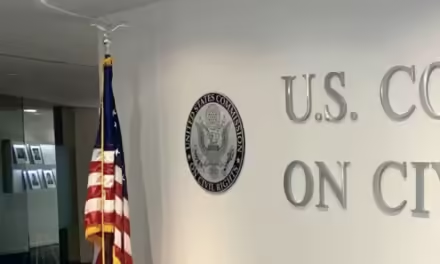
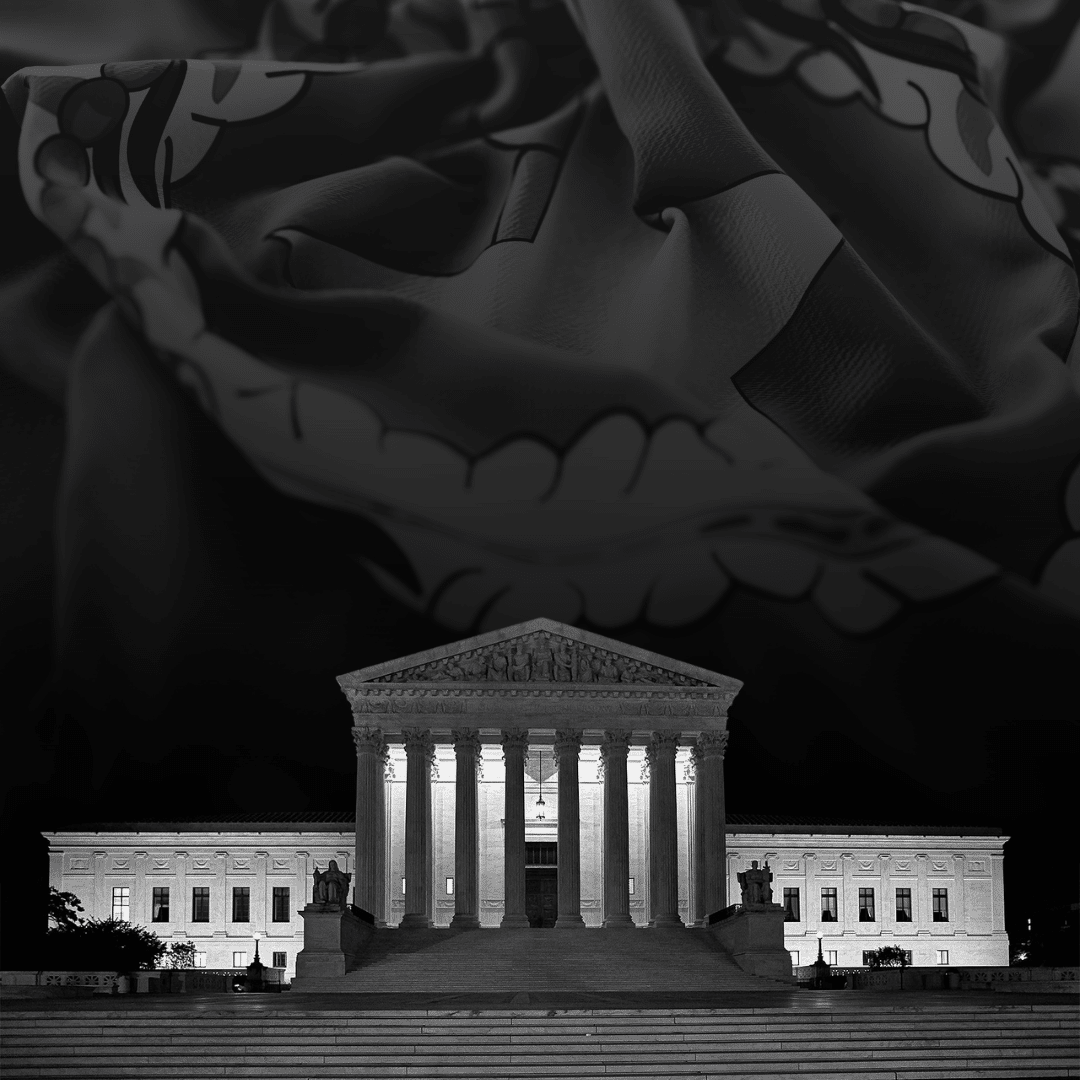

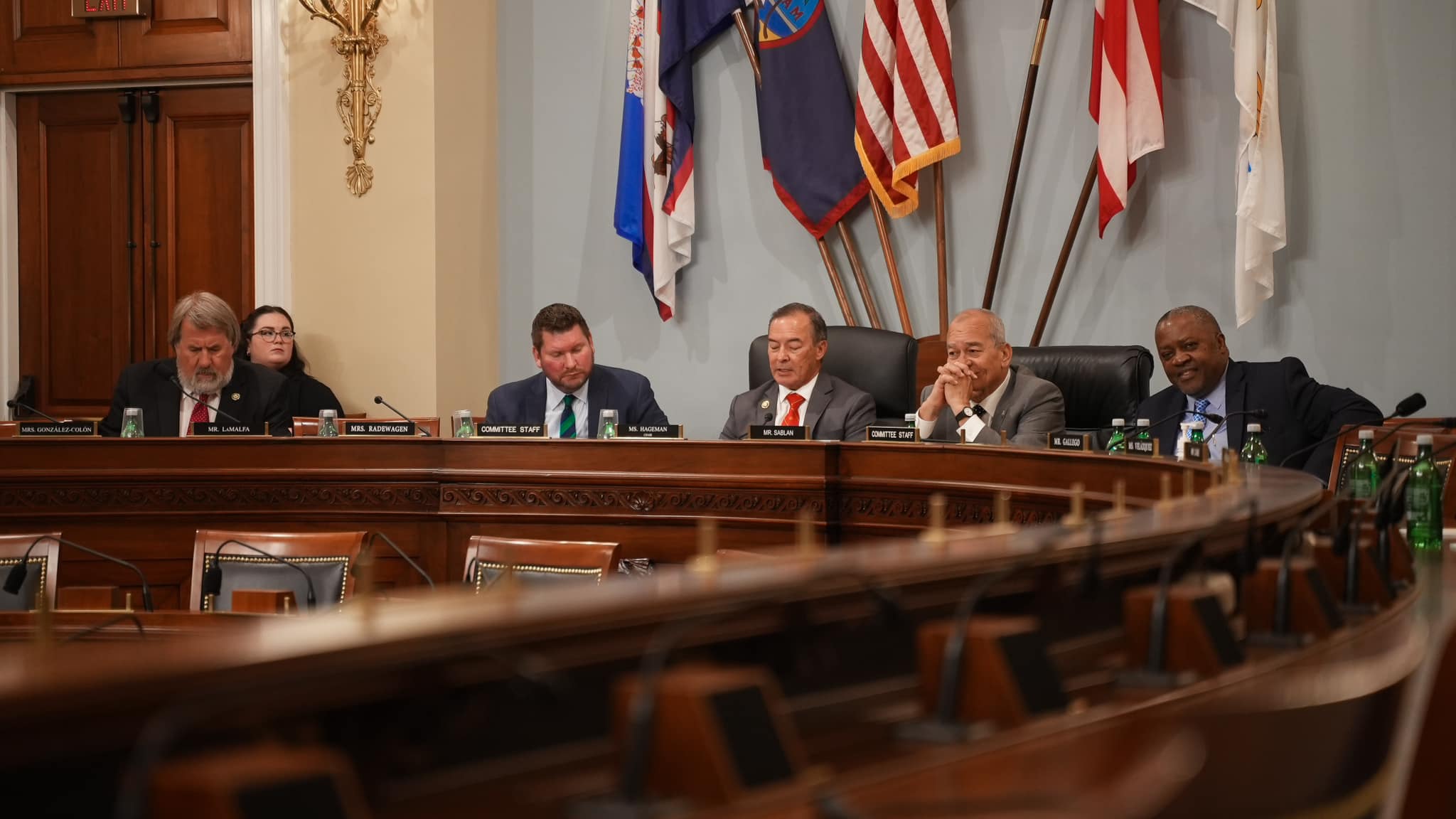




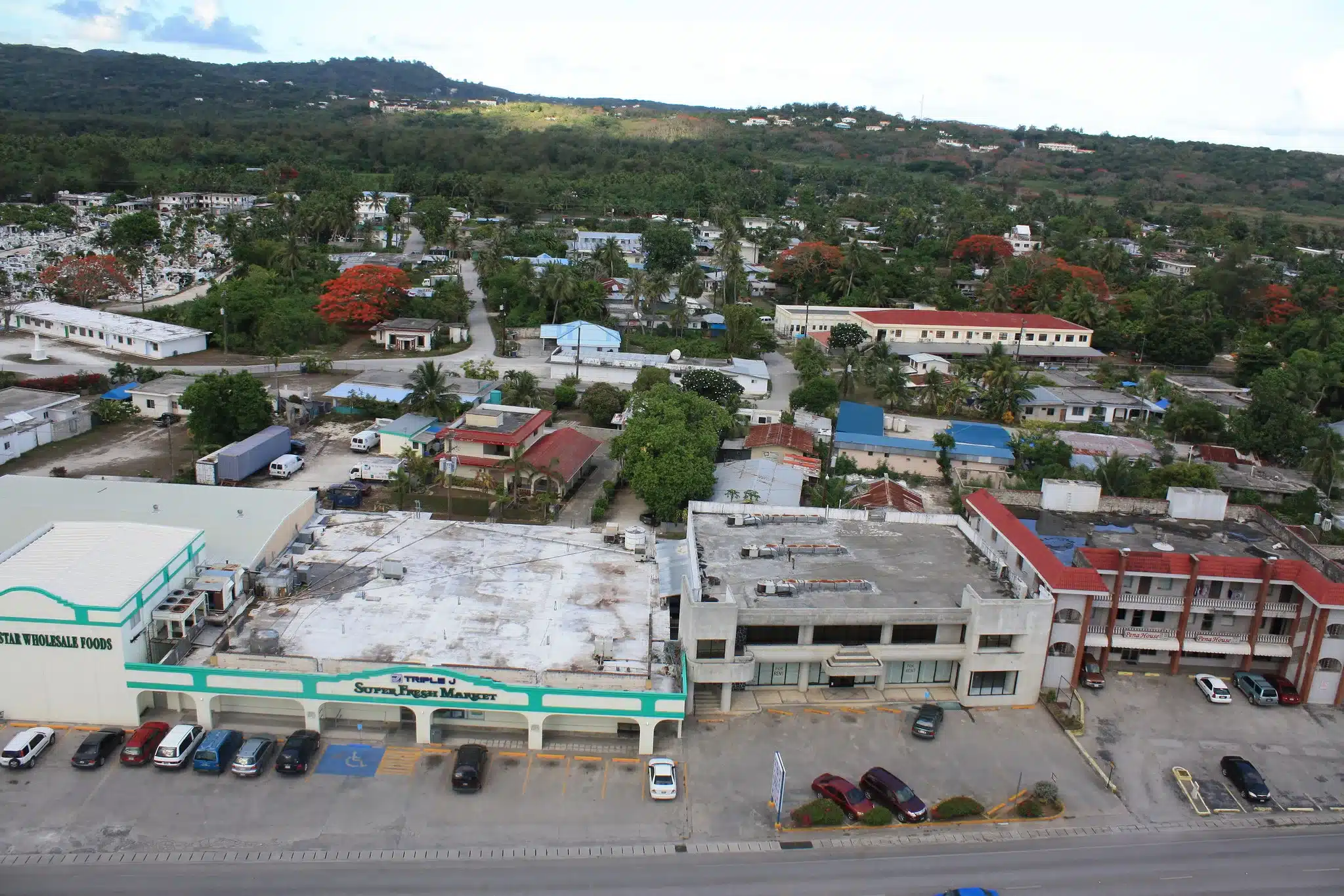
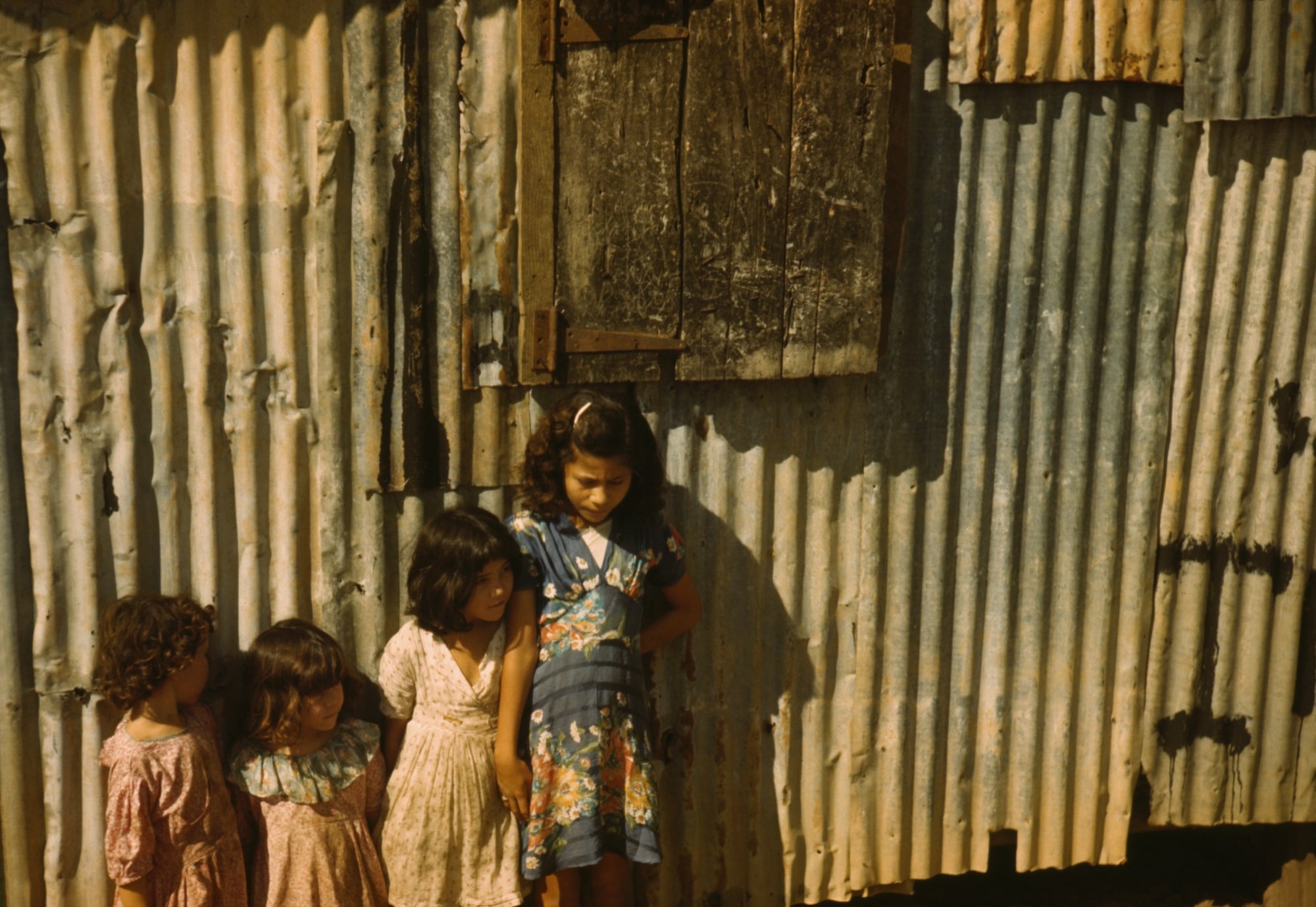
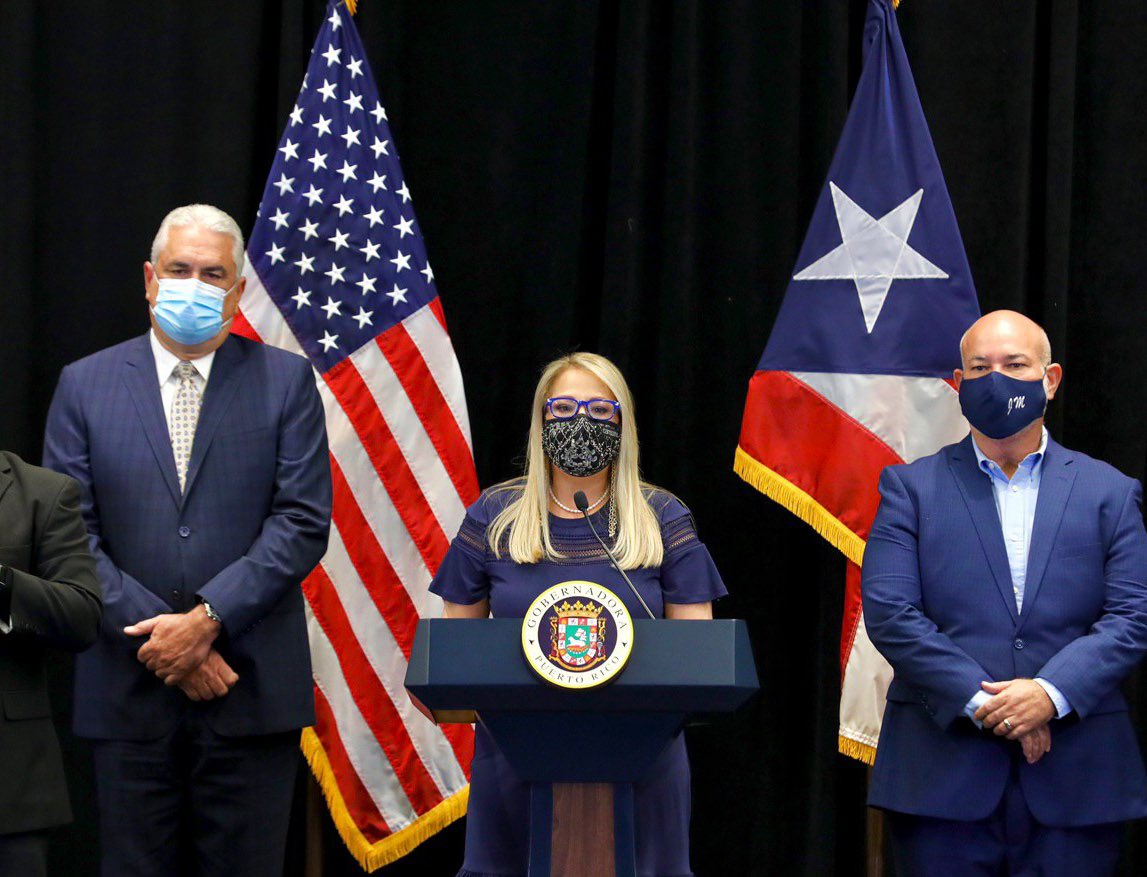
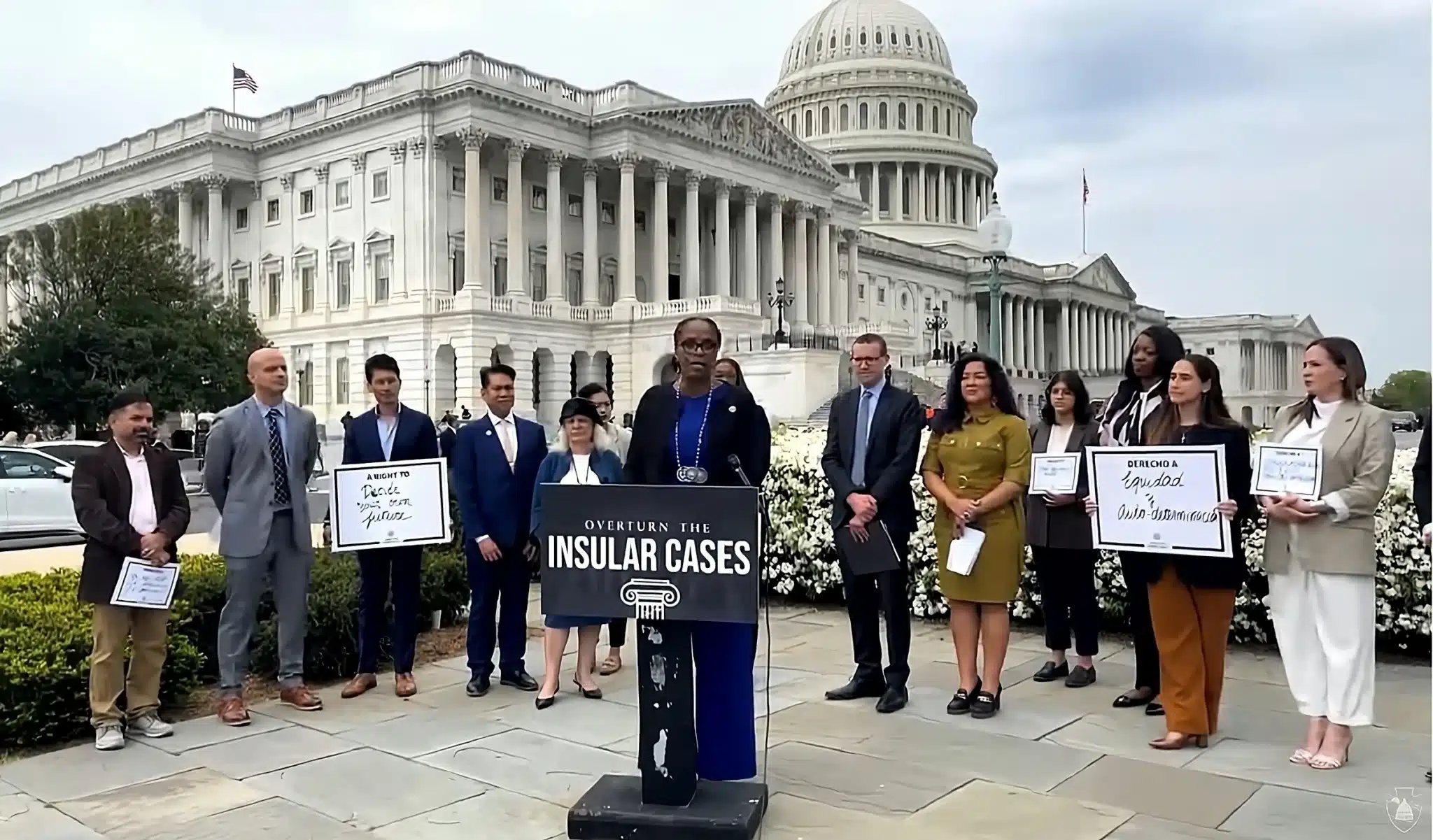
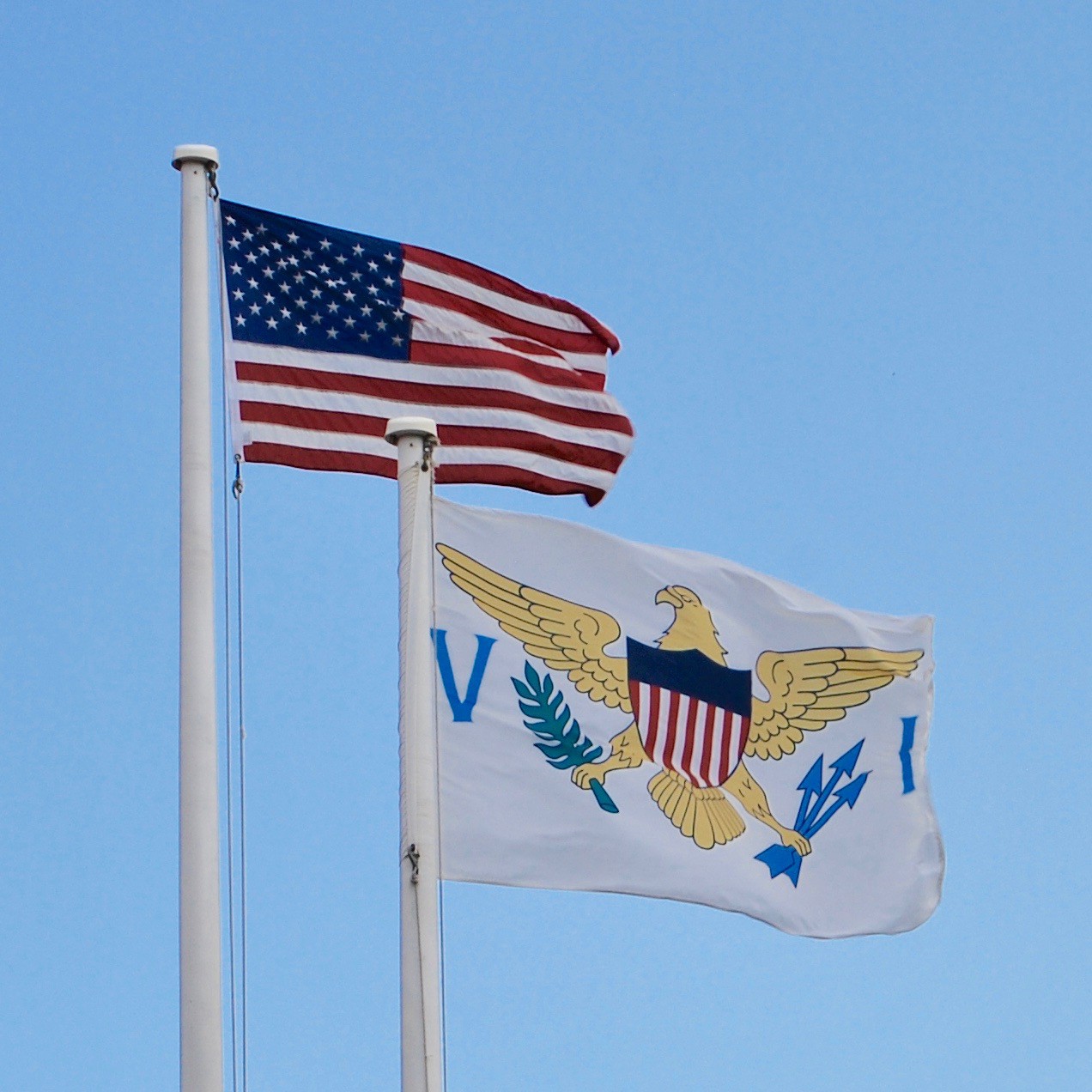
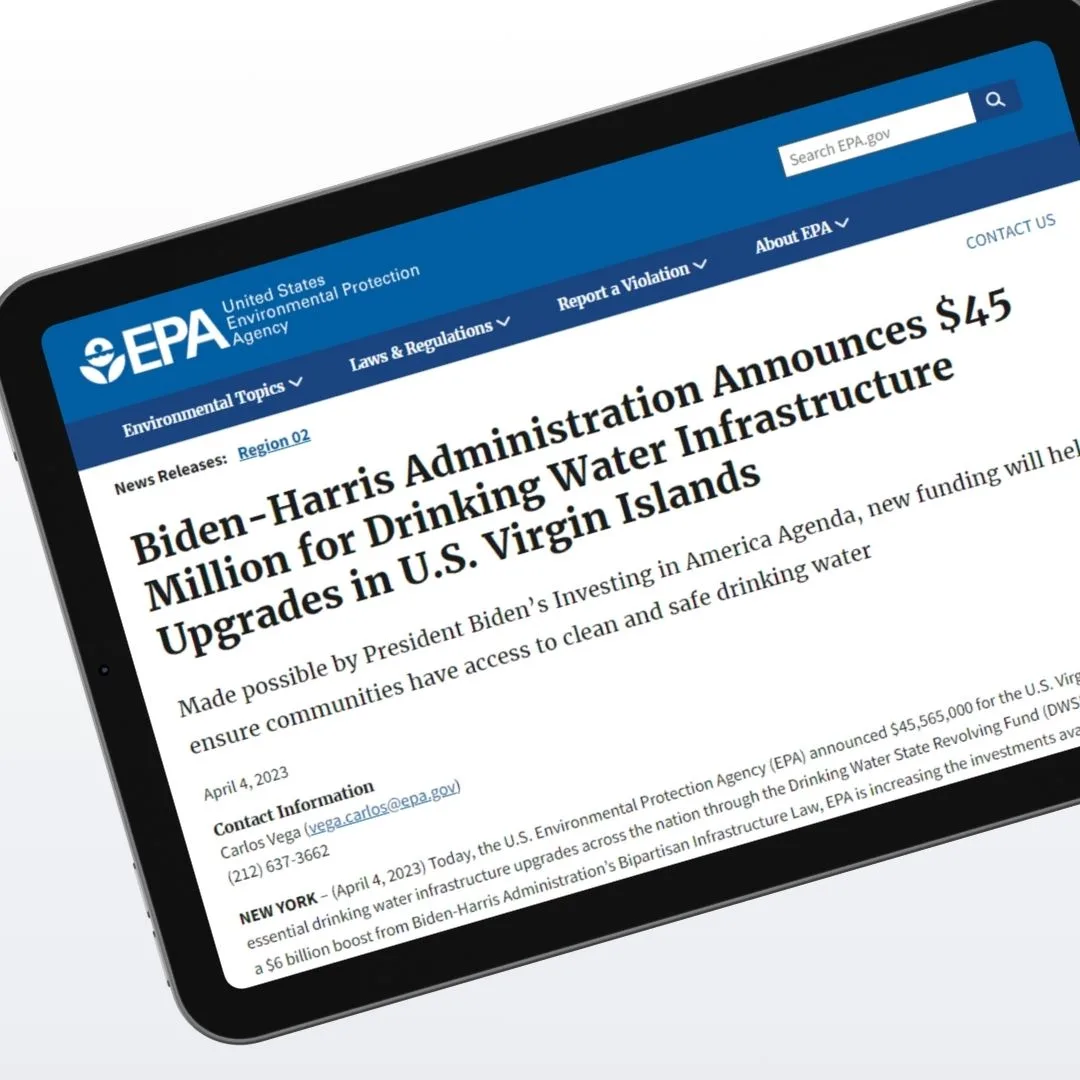

Trackbacks/Pingbacks